<< Previous | Displaying results 1776-1800 of 6769 for "" | Next >>
After WWII, many Holocaust survivors, unable to return to their homes, lived in displaced persons camps in Germany, Austria, and Italy. Read about Eschwege DP camp.
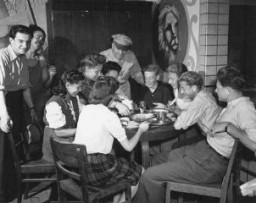
After WWII, many Holocaust survivors, unable to return to their homes, lived in displaced persons camps in Germany, Austria, and Italy. Read about Bergen-Belsen DP camp.

Halle an der Saale was a satellite camp of Buchenwald concentration camp. It was established by the Nazis in Saxony, Germany in 1941.
Listing of the 24 leading Nazi officials indicted at the International Military Tribunal at Nuremberg. Learn about the defendants and the charges against them.
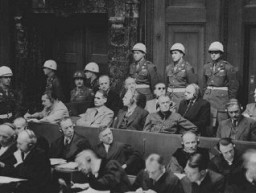
The Milch Case was Case #2 of 12 Subsequent Nuremberg Proceedings against leading German industrialists, military figures, SS perpetrators, and others.
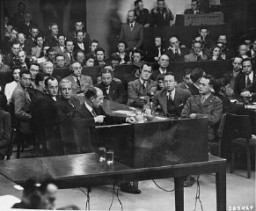
The Justice Case was Case #3 of 12 Subsequent Nuremberg Proceedings against leading German industrialists, military figures, SS perpetrators, and others.
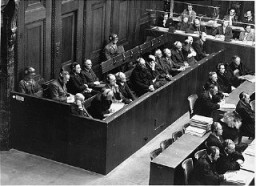
American military tribunals presided over 12 Subsequent Nuremberg Proceedings against leading German industrialists, military figures, SS perpetrators, and others.
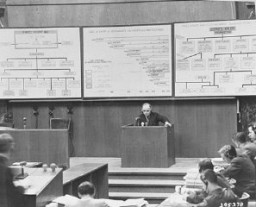
The Pohl Case was Case #4 of 12 Subsequent Nuremberg Proceedings against leading German industrialists, military figures, SS perpetrators, and others.
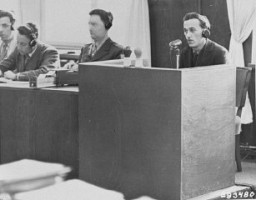
The Flick Case was Case #5 of 12 Subsequent Nuremberg Proceedings against leading German industrialists, military figures, SS perpetrators, and others.

The IG Farben Case was Case #6 of 12 Subsequent Nuremberg Proceedings against leading German industrialists, military figures, SS perpetrators, and others.
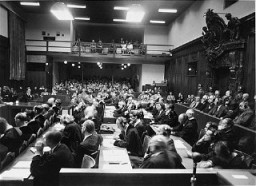
The Hostage Case was Case #7 of 12 Subsequent Nuremberg Proceedings against leading German industrialists, military figures, SS perpetrators, and others.
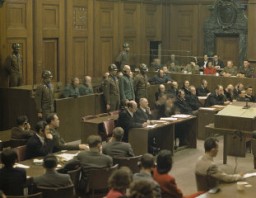
The RuSHA Case was Case #8 of 12 Subsequent Nuremberg Proceedings against leading German industrialists, military figures, SS perpetrators, and others.
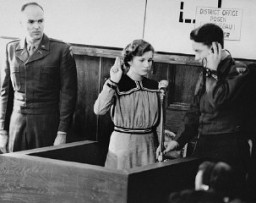
The Krupp Case was Case #10 of 12 Subsequent Nuremberg Proceedings against leading German industrialists, military figures, SS perpetrators, and others.
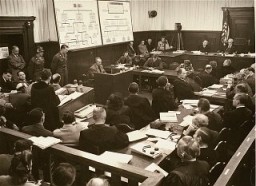
The Ministries Case was Case #11 of 12 Subsequent Nuremberg Proceedings against leading German industrialists, military figures, SS perpetrators, and others.
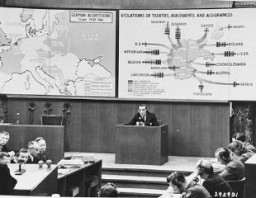
The High Command Case was Case #12 of 12 Subsequent Nuremberg Proceedings against leading German industrialists, military figures, SS perpetrators, and others.
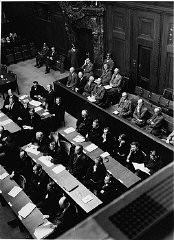
Soon after Hitler came to power, debates began outside Germany about taking part in Olympics hosted by the Nazi regime. Learn more about calls to boycott the Games.
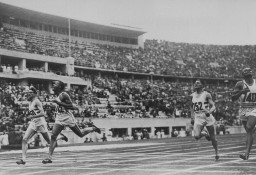
African American athletes, facing racism at home, also debated whether to join or boycott the 1936 Olympic games in Germany, then under a racist dictatorship. Learn more.
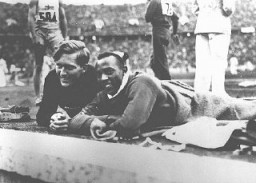
The International Military Tribunal took place in the Palace of Justice at Nuremberg, the only undamaged facility extensive enough to house the trials.
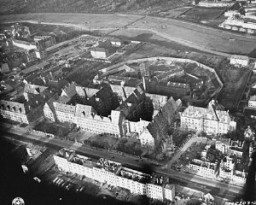
Learn about the escape of rabbis and students of the Mir Yeshiva, the only eastern European yeshiva to survive the Holocaust intact.
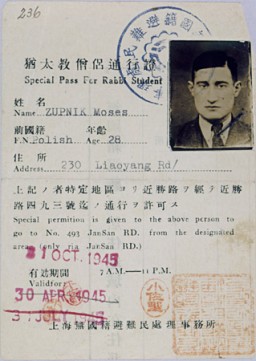
Some German and Austrian Jewish refugees fleeing Nazi persecution before WWII sought safety in Shanghai, which did not require entry visas. Learn about their experiences.
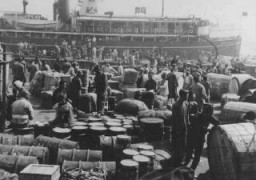
Dutch businessman Jan Zwartendijk aided Jewish refugees by issuing permits for them to enter Curaçao, a Dutch colonial possession in the West Indies.
Yitzhak Gitterman was a director of the American Jewish Joint Distribution Committee in Poland and a member of the underground Jewish Fighting Organization.
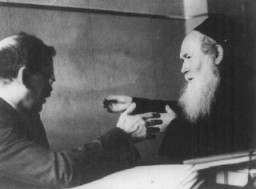
Why did the United States go to war? What did Americans know about the “Final Solution”? How did Americans respond to news about the Holocaust? Learn more.
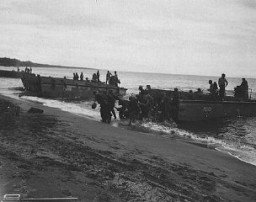
The Allied powers made major modifications to the Palace of Justice in Nuremberg to accommodate the postwar International Military Tribunal. See photos and read more.
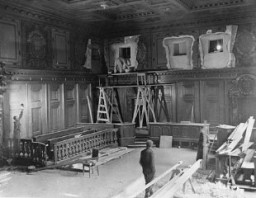
The prosecutors for the trial of Nazi war criminals at Nuremberg came the victorious Allied nations—the United States, Great Britain, France, and the Soviet Union.
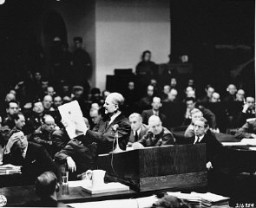
We would like to thank Crown Family Philanthropies, Abe and Ida Cooper Foundation, the Claims Conference, EVZ, and BMF for supporting the ongoing work to create content and resources for the Holocaust Encyclopedia. View the list of donor acknowledgement.